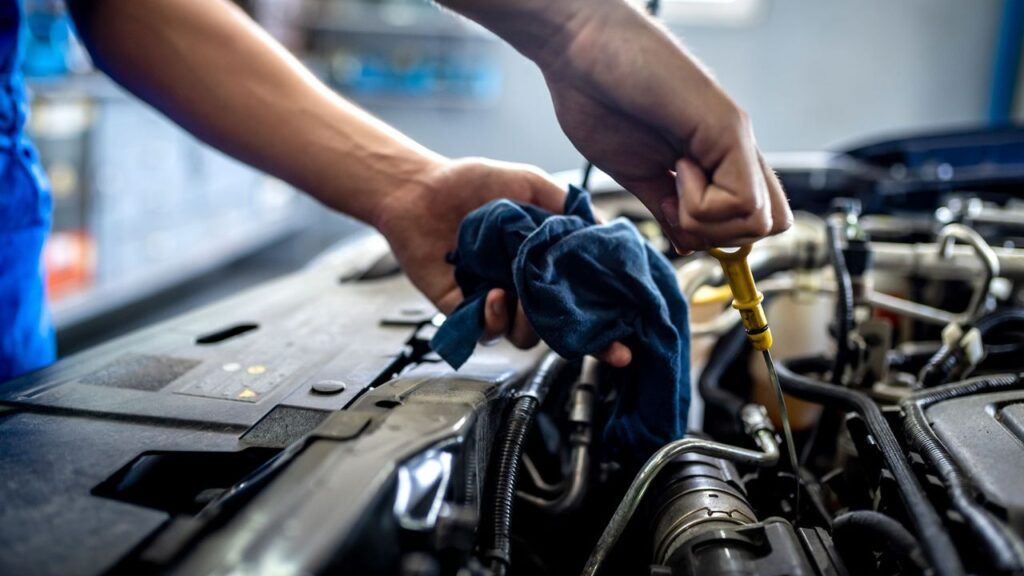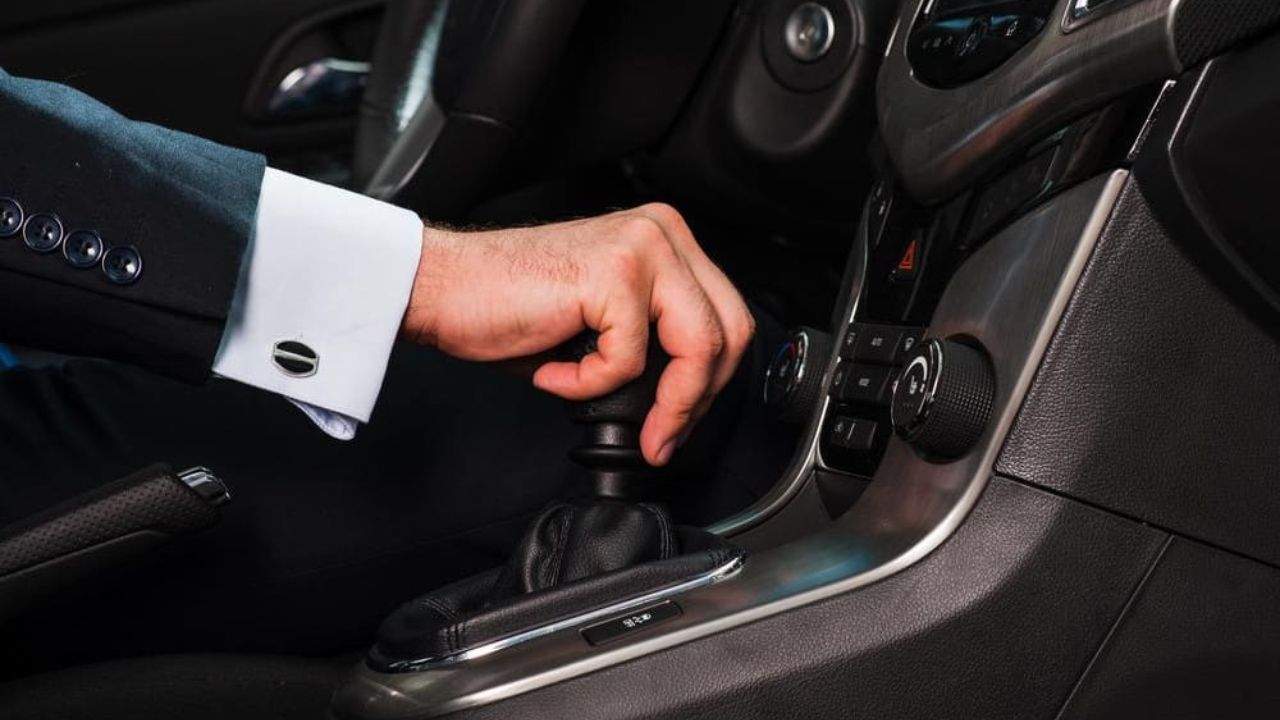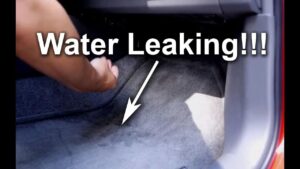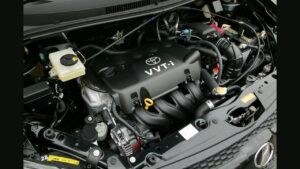The Ford Explorer is a popular SUV known for its reliability and performance. However, like any vehicle, it may encounter mechanical issues over time. One common problem that Ford Explorer owners may face is the vehicle needing to move in gear despite the engine running. This can be a frustrating and potentially dangerous issue to deal with, especially if it happens unexpectedly while driving. This article will explore the possible reasons behind this problem and discuss solutions.
The Transmission System
The transmission system, including the Ford Explorer, is a crucial component of any vehicle. It enables the car to drive forward or backwards by transferring engine power to the wheels. In automatic vehicles like the Ford Explorer, the transmission system plays a particularly vital role in controlling gear shifts seamlessly.
Possible Causes of the Issue
Possible causes of the issue vary depending on the context. In the case of a Ford Explorer not moving in any gear, potential causes may include low transmission fluid levels, a faulty transmission solenoid, or worn-out clutch components. A correct diagnosis is necessary to identify the precise cause and carry out the recommended remedy.
Transmission Fluid Level
One of the primary reasons why your Ford Explorer may not move in any gear is low transmission fluid levels. The transmission system uses transmission fluid as a coolant and lubricant. Ensuring smooth operation. If the fluid level is low, it can lead to overheating and inefficient gear shifts.
Transmission Fluid Quality
In addition to the fluid level, the quality of the transmission fluid is equally important. Transmission fluid may deteriorate or get polluted over time. This affects its ability to lubricate and protect the transmission system. Regular maintenance, including fluid changes, is essential to prevent this issue.
Transmission Linkage or Solenoid Problems
Transmission linkage or solenoid issues can also prevent your Ford Explorer from moving in any gear. The linkage connects the transmission to the gear shift lever, while the solenoid regulates fluid flow within the transmission. Any malfunction in these components can disrupt the gear selection process.
Clutch Problems (Manual Transmission)
For Ford Explorers equipped with a manual transmission, clutch problems can be a common culprit behind the inability to move in any gear. Worn clutch plates, a faulty clutch master cylinder, or air in the hydraulic system can all contribute to this issue.
Driveline or Axle Issues
Issues with the driveline or axles, such as damaged CV joints or differential problems, can also result in the vehicle’s inability to move. Inspecting these components for signs of wear or damage is crucial in diagnosing the problem accurately.
Diagnostic Steps
A thorough diagnostic process is necessary to pinpoint the exact cause of your Ford Explorer’s transmission issue. Here are some steps you can take:
- Check Transmission Fluid: Start by checking the transmission fluid level and quality. If it’s low or degraded, consider performing a fluid change.
- Inspect Transmission Linkage and Solenoid: Check for any visible damage or signs of malfunction in the transmission linkage and solenoid.
- Examine Clutch System: Inspect the clutch system for wear or hydraulic fluid leaks for manual transmission models.
- Inspect Driveline and Axles: Thoroughly inspect the driveline and axles for any damage or wear that could affect the vehicle’s movement.
Solutions and Repairs

Once you’ve identified the underlying cause of the issue, it’s time to implement the necessary repairs. Depending on the severity of the problem, you may need to:
- Top Up or Replace Transmission Fluid: If the fluid level is low or degraded, topping it up or changing it can resolve the issue.
- Repair or Replace Transmission Components: Address any transmission linkage, solenoid, or clutch system issues through repair or replacement.
- Address Driveline or Axle Problems: Replace damaged CV joints, differential components, or other driveline parts as needed.
Tips for Preventing Transmission Problems
Preventing transmission problems in your vehicle is crucial for maintaining its longevity and performance. Here are some essential tips to help you avoid costly repairs and breakdowns:
- Regular Maintenance: Follow the manufacturer’s recommended maintenance schedule for your vehicle, including transmission inspections and fluid changes.
- Fluid Checks: Monitor the transmission fluid level regularly and top it up as needed to ensure proper lubrication and cooling of the transmission components.
- Gentle Driving: Avoid aggressive driving habits, such as abrupt acceleration or sudden braking, which can strain the transmission unnecessarily.
Regular Maintenance
For your Ford Explorer, adhere to the recommended maintenance regimen provided by the manufacturer, including regular transmission inspections and fluid changes.
Fluid Checks and Replacements
Monitor the transmission fluid level and condition regularly and replace it as needed to prevent damage to the transmission components.
Conclusion
Dealing with a Ford Explorer that won’t move in any gear can be a frustrating experience, but it’s essential to address the issue promptly to avoid further damage. You can restore your vehicle’s drivability and peace of mind by understanding the symptoms, possible causes, and steps to diagnose and fix the problem.
FAQ
Why Does My Car Go Into Gear But Not Move?
This problem is usually indicative of a transmission wearing out. Another self-checkable reason a car won’t move is if the 4-wheel drive control unit’s gear shift was inadvertently knocked into neutral. It is typically necessary for an expert to diagnose the various causes of a no-move problem.
Are Ford Explorers Known for Transmission Problems?
Overall, there aren’t significantly more transmission troubles in the Ford Explorer than in other years. It’s been a solid contender in the SUV department since its introduction in the 90s, with only a few random years popping out with significant transmission errors.
What to do if Gear is Not Working?
Effective solutions for fixing a gear not engaging issue include:
- Repairing or replacing the clutch.
- The synchromesh.
- Repairing or replacing the gearbox itself.
Sometimes, a simple gear linkage or cable adjustment may solve the problem.
Why is My Car in Neutral But Not Moving?
The most common is a clutch issue. To test, with the engine off, emergency brake off, depress the clutch and try to roll the car. If it doesn’t roll, you have a problem with the clutch. If the clutch is ok, it will be something in the shift linkage or an internal problem in the transmission.
Why Won’t My Car Move When I Press the Gas?
Either your car needs more power, or you need more gas. Your car may drastically lose power while accelerating for several reasons. When a car doesn’t accelerate while driving, it usually means that a timing belt, gasoline, or air filter is contaminated.





What i do not realize is in fact how you are no longer actually much more wellfavored than you might be right now Youre very intelligent You recognize thus considerably in relation to this topic made me in my view believe it from numerous numerous angles Its like men and women are not fascinated until it is one thing to do with Lady gaga Your own stuffs excellent All the time handle it up